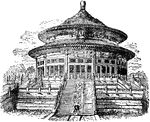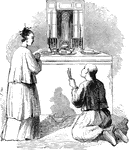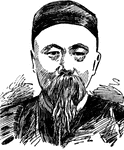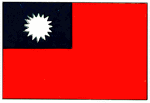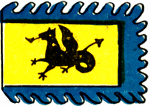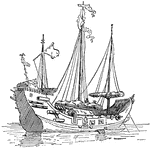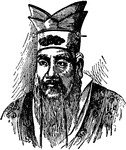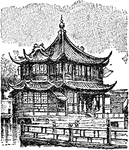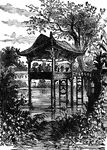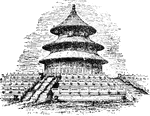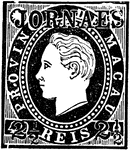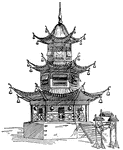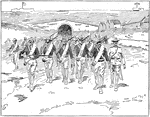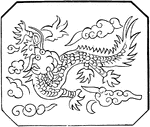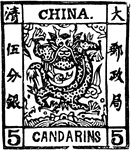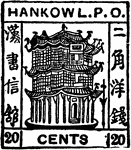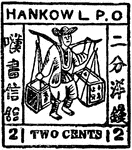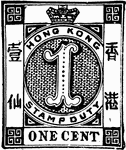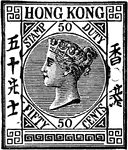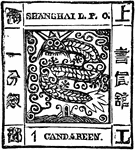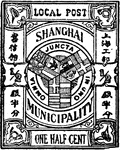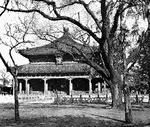This ClipArt gallery offers 67 illustrations of China, including famous locations and landmarks, such as the Great Wall and Temple of Heaven.
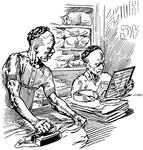
Chinese Abacus
Two Chinese men use the abacus to calculate for their business. "The abacus was one of the earliest…
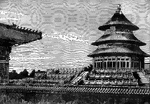
Altar of Heavan
This illustration shows the Sacred Altar of Heaven. This altar is located in the city of Peking, China.
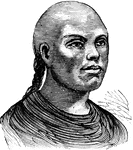
Asian
The chief characteristics of the Asian race are: broad head; angular face; high cheek-bones; small,…

Black Tea District Scene
An engraved scene of the Black Tea District in Bohea, famous for its distinctive tea.
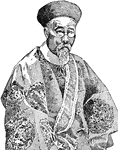
Li Hung Chang
"Li Hung Chang was the most enlightened Chinese statesman of the nineteenth century. He arranged terms…
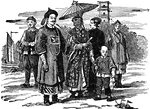
China, (People)
Group of Chinese people, Mandarin, Lady, Boy, Female Attendant, Soldier and Bird's-nest Seller.

Empress-Dowager of China
"The empress is represented as a goddess of mercy. She stands upon a lotus petal floating on the waves…
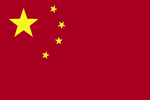
Flag of China, 2009
Color flag of China. Red with a large yellow five-pointed star and four smaller yellow five-pointed…

Flag of China, 2009
Black and white outline flag of China. Red with a large yellow five-pointed star and four smaller yellow…
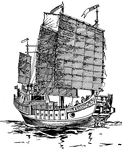
Chinese Junk
A Junk is a native Chinese vessel. It is a clumsy craft, with very high forecastle and poop, and pole…

Chinese Magnet Figure
"A rude form of the compass used by early Chinese sailors. The little wooden figure was set on a pivot,…
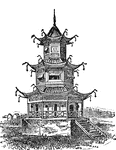
Chinese Temple
Within the Chinese Empire, the Chinese people were very religious. They had Chinese Temples in many…

Chinese Tent
"The Chinese lower orders live much in tents. They are ordinarily of matting. These people are clever…
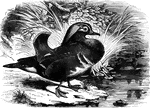
Mandarin Duck
The Mandarin duck, also known as the Chinese teal and the fan-tail duck, is domesticated in China and…
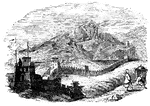
Great Wall
The Great Wall of China, built by the first emperor of the Tsin dynasty about 220 B.C., as a protection…

Great Wall of China
"Great wall of China: 20 feet high, 40 feet wide, 800 miles long." -Foster, 1921
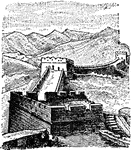
Great Wall of China
The Great Wall of China is a series of stone and earthen fortifications in China, built, rebuilt, and…
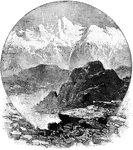
Himalaya Mountains
The Himalayas, the loftiest mountains in the world, rise abruptly form the plains of Northern Hindustan.

Flag of Hong Kong, 2009
Color flag of Hong Kong. Red with a stylized, white, five-petal bauhinia flower in the center.

Flag of Hong Kong, 2009
Black and white outline flag of Hong Kong. Red with a stylized, white, five-petal bauhinia flower in…

The Potala, Lhasa
"The Dalai Lama, the supreme head of Tibetan Buddhists, occupies an enormous palace on the Potala hill…
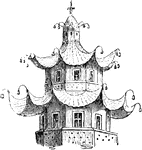
Chinese Pavilion
Chinese structures have nothing durable about them, for perishable wood forms an essential element in…

Part of a Chinese Pavilion
Chinese structures have nothing durable about them, for perishable wood forms an essential element in…
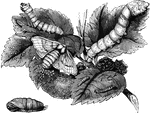
Silkworm Moth, Caterpillar, and Chrysalis
"This important insect is a native of the north of China; and a great portion of the supplies of silk…

Taou-Kwang
"The emperor of China, Taou-Kwang, was born in 1782, and is a grandson of Kien-long. He succeeded his…
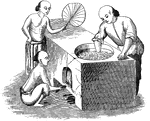
Tea Leaf Treatment
A kuo basket is placed above a furnace to be hand-stirred by a worker in order to regulate the leaf…
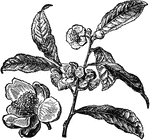
Tea Plant
"Tea is the dried leaf of an evergreen shrub of the natural order Ternstœmiaceæ. It includes the China…
